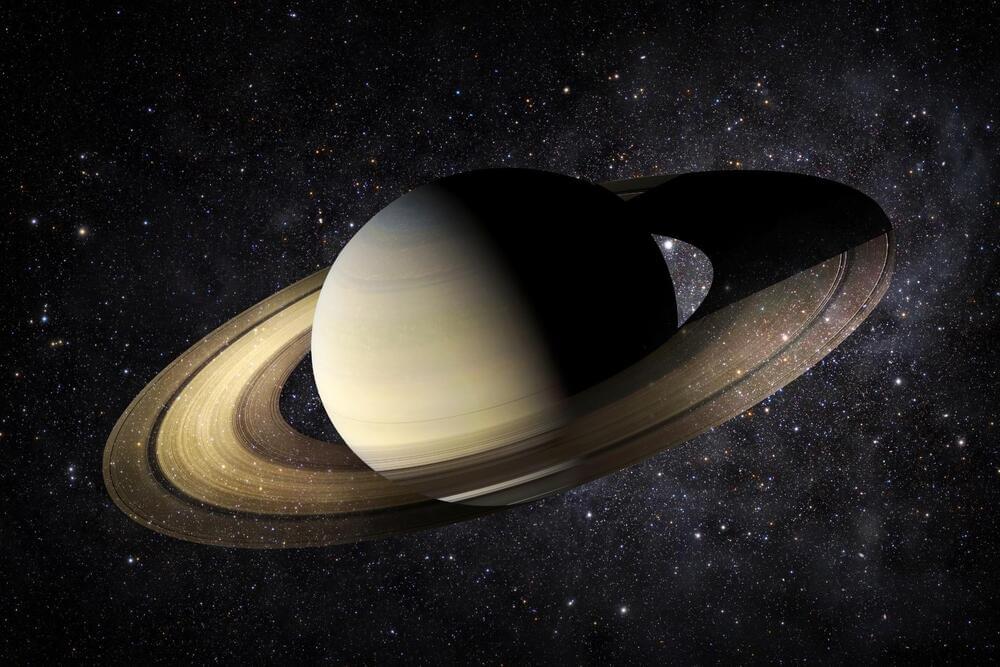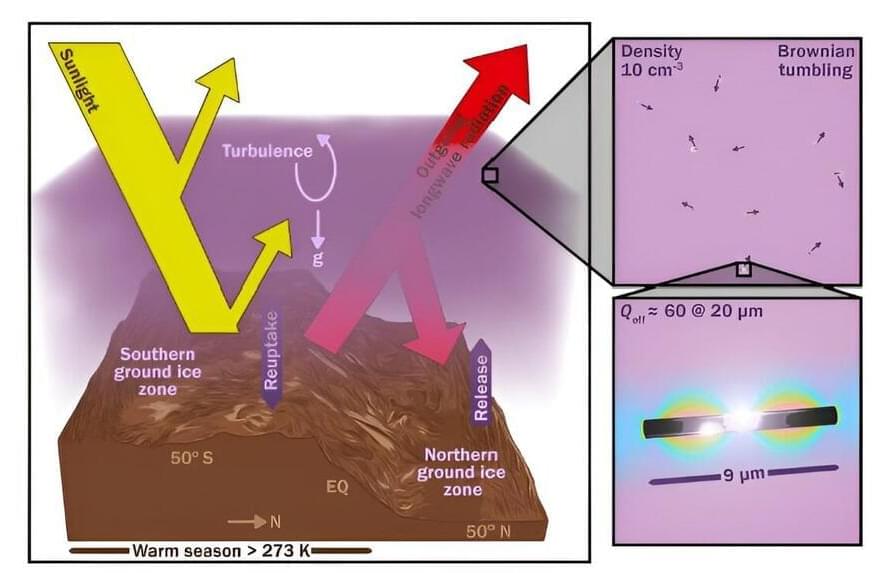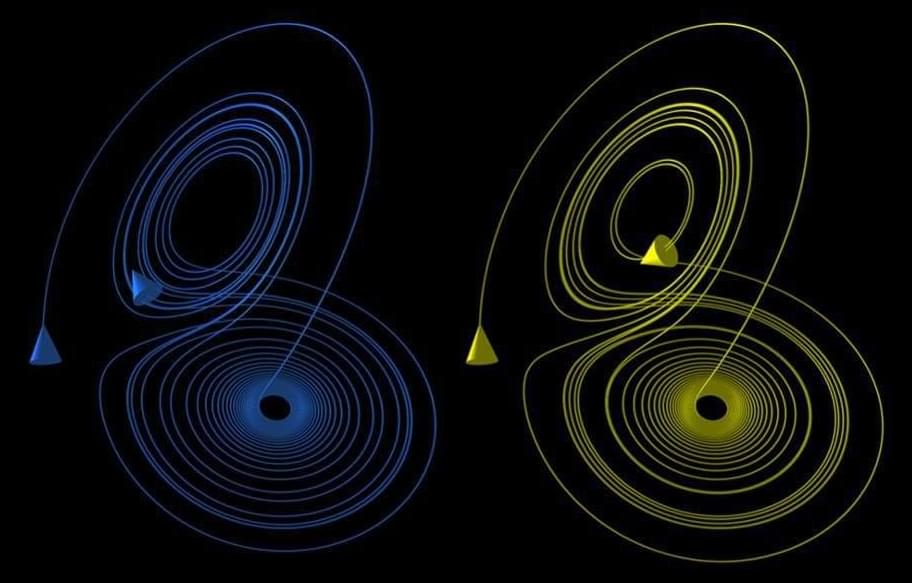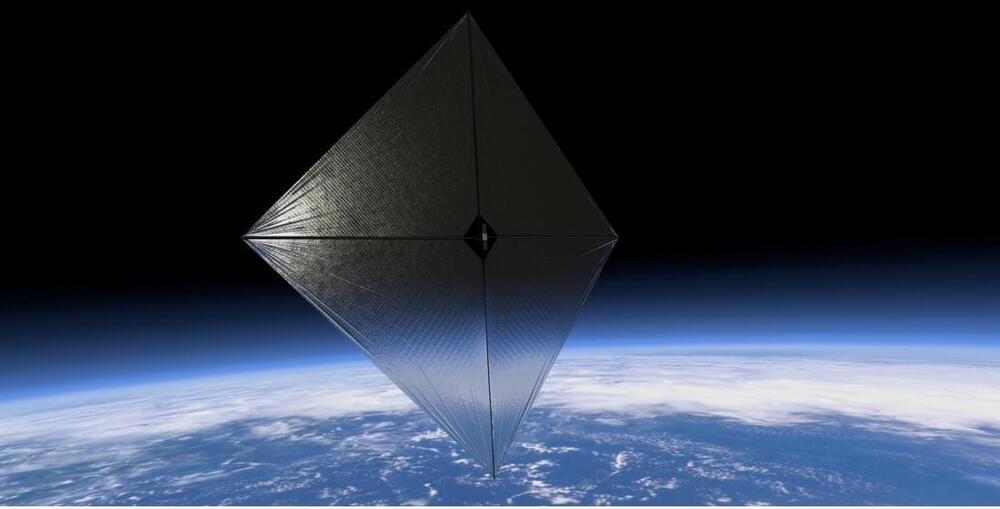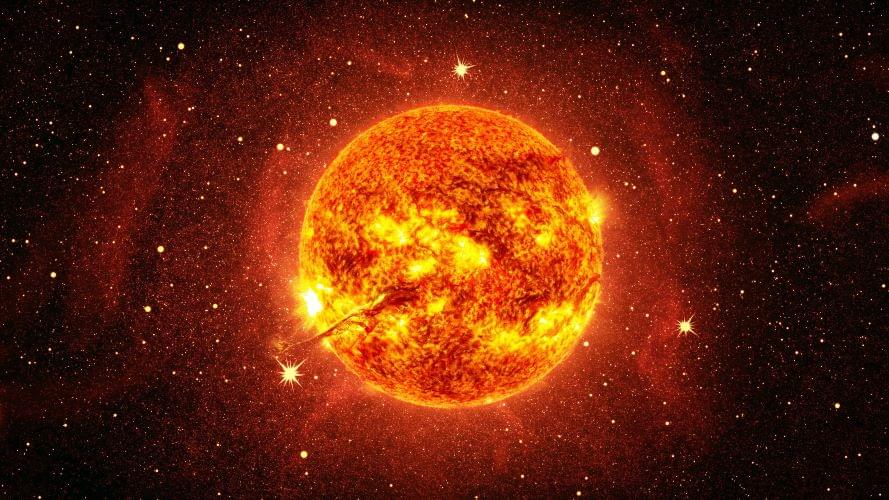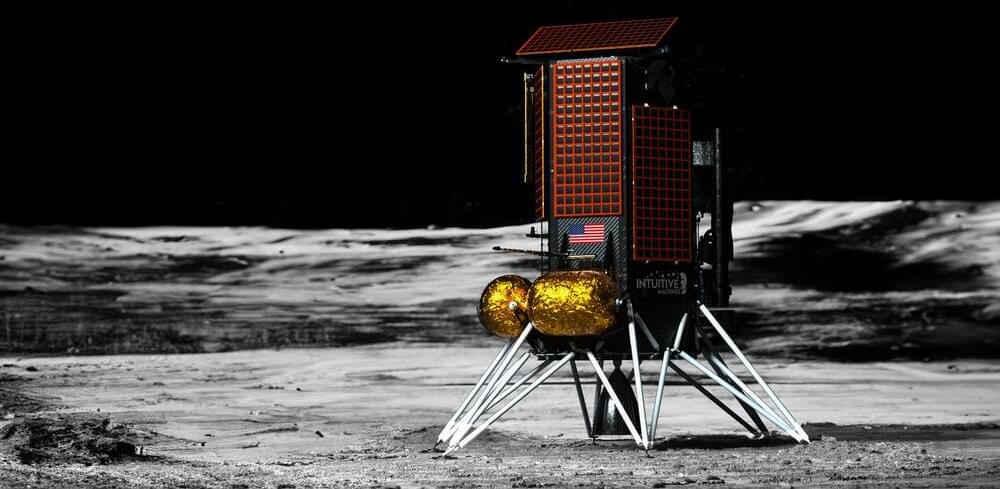A Space Force officer will command a mission later this month to safely bring home two astronauts who have been unexpectedly stuck aboard the International Space Station, or ISS, marking the first time a Guardian will launch into space for such a high-profile operation.
Col. Nick Hague, an active-duty Space Force Guardian, will be joined by Roscosmos cosmonaut Aleksandr Gorbunov aboard the SpaceX Dragon spacecraft for NASA’s Crew-9 mission. Originally, Hague and Gorbunov were supposed to be joined by two other astronauts for a trip to space, but problems with the Boeing Starliner spacecraft that have left astronauts Barry Wilmore and Sunita Williams stuck aboard the space station for months longer than anticipated shifted the mission objective, date and staffing.
Hague and Gorbunov will launch no earlier than Sept. 24, NASA said in a Friday news release, and will return to Earth with Wilmore and Williams in February 2025. The Guardian and the cosmonaut were chosen for their particular experience and skill sets, the agency said.

